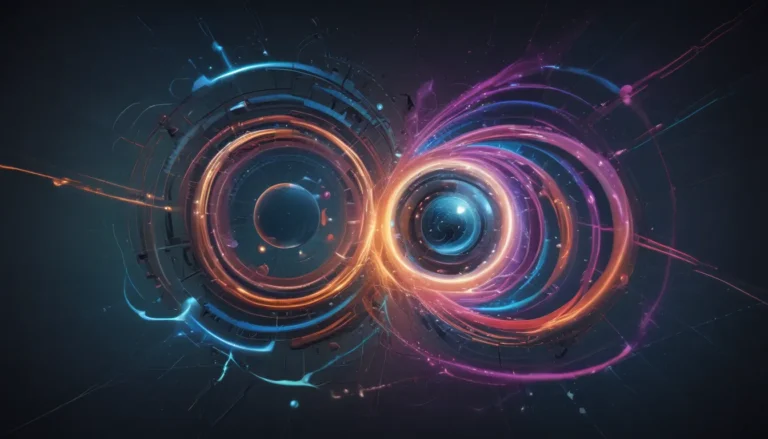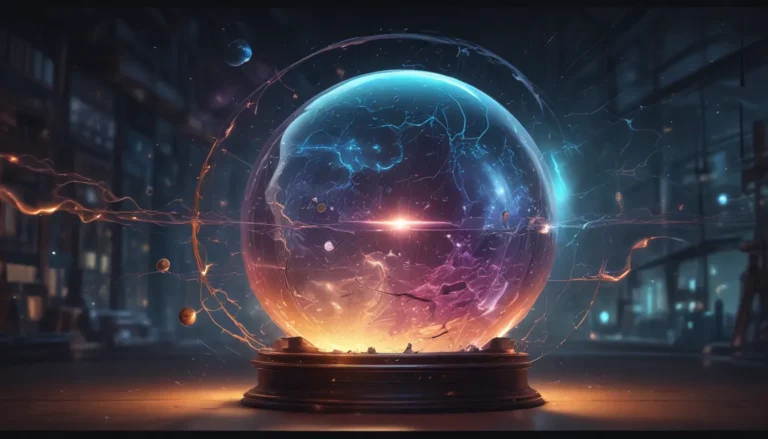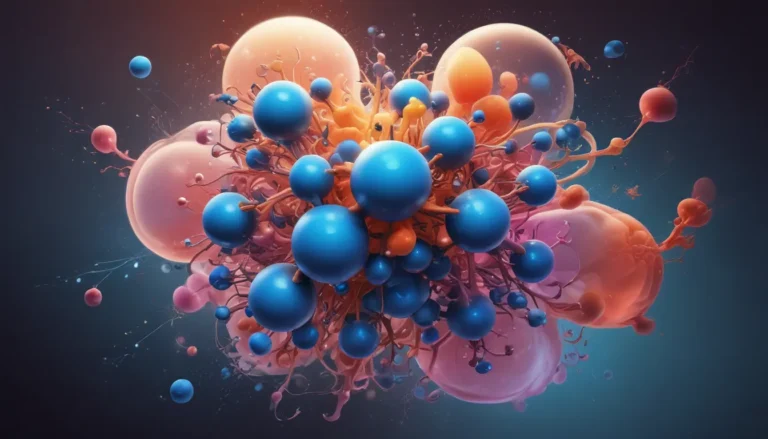A Note About Images: The images used in our articles are for illustration purposes only and may not exactly match the content. They are meant to engage readers, but the text should be relied upon for accurate information.
Are you ready to embark on an awe-inspiring journey into the realm of quantum mechanics? Wave-particle duality, one of the most captivating concepts in physics, challenges our conventional understanding of the universe by demonstrating that particles like electrons and photons can exhibit both wave-like and particle-like behavior simultaneously. This phenomenon has not only revolutionized the field of quantum mechanics but has also led to groundbreaking scientific discoveries. In this article, we will delve into the fascinating world of wave-particle duality and explore 12 captivating facts that will leave you in awe of the quantum realm. From the mysterious nature of light to the elusive behavior of subatomic particles, get ready to be dazzled by the wonders of wave-particle duality. So, buckle up and let’s unravel the mysteries of this mind-bending concept together!
Unveiling the Intriguing World of Wave-Particle Duality
Wave-particle duality is a concept that challenges our traditional views on the nature of particles, suggesting that tiny entities like electrons can display characteristics of both waves and particles. This peculiar behavior has opened up a whole new realm of possibilities in the field of physics and has paved the way for remarkable technological advancements. Let’s explore some key takeaways and delve deeper into the captivating facts surrounding wave-particle duality.
The Origin and Concept of Wave-Particle Duality
In 1924, Louis de Broglie proposed the groundbreaking concept of wave-particle duality in his doctoral thesis. He hypothesized that particles could exhibit wave-like properties and introduced the idea of a wavelength associated with a particle’s momentum. This laid the foundation for understanding the dual nature of particles in quantum mechanics.
The Famous Double-Slit Experiment
The iconic double-slit experiment exemplifies wave-particle duality by demonstrating that when a beam of light or particles passes through two slits, it produces an interference pattern on the screen behind, indicating wave-like behavior. This experiment has been pivotal in shaping our understanding of the complex nature of particles.
Wave-Particle Duality in Elementary Particles
Wave-particle duality applies not only to electrons and photons but also to all elementary particles, including protons, neutrons, and even larger entities like atoms and molecules. This phenomenon is fundamental to the behavior of particles at the quantum level.
Quantum Mechanics and Wave-Particle Duality
Quantum mechanics provides a mathematical framework for understanding wave-particle duality. Wave functions and probability amplitudes are essential tools used to describe the behavior of particles at the quantum level. The wave function represents the probability distribution of finding a particle and plays a crucial role in quantum mechanics.
Practical Applications and Implications of Wave-Particle Duality
Wave-particle duality has paved the way for various practical applications in fields like quantum computing, particle physics, and advanced imaging techniques. Scientists have harnessed this concept to develop cutting-edge technologies that are revolutionizing our understanding of the universe.
FAQs: Demystifying Wave-Particle Duality
- What is wave-particle duality?
-
Wave-particle duality is the concept in quantum mechanics that suggests particles can exhibit both wave-like and particle-like properties.
-
Who first proposed the idea of wave-particle duality?
-
The idea of wave-particle duality was initially introduced by Louis de Broglie in 1924.
-
How does the double-slit experiment demonstrate wave-particle duality?
-
The double-slit experiment showcases the wave-like behavior of particles when they create an interference pattern on a screen after passing through two slits.
-
Are all particles subject to wave-particle duality?
- Yes, all particles, regardless of their size or mass, exhibit wave-particle duality, showcasing the intrinsic dual nature of matter.
In conclusion, wave-particle duality continues to challenge our classical understanding of physics and offers profound insights into the fundamental nature of the universe. It is a concept that not only intrigues physicists but also inspires advancements in technology and scientific research. By unraveling the mysteries of wave-particle duality, we are unlocking the secrets of the quantum world and paving the way for a future filled with groundbreaking discoveries. Embrace the enigmatic nature of wave-particle duality and embark on a journey of exploration and discovery in the captivating realm of quantum mechanics.






